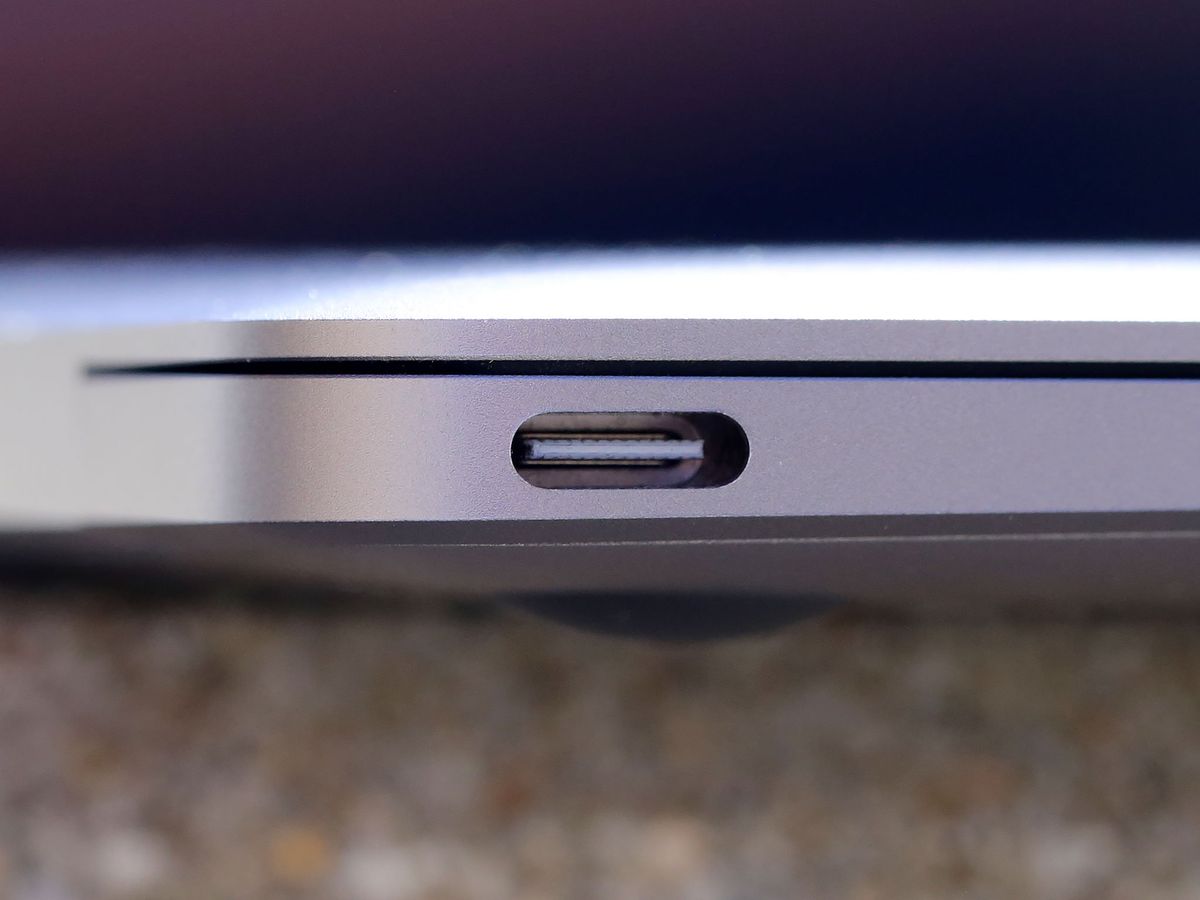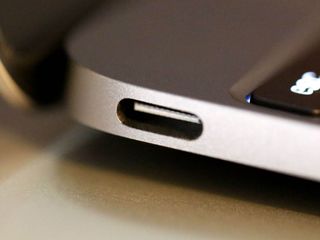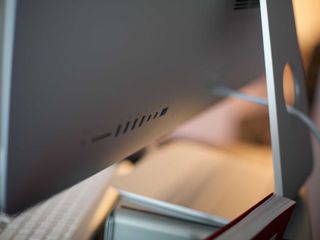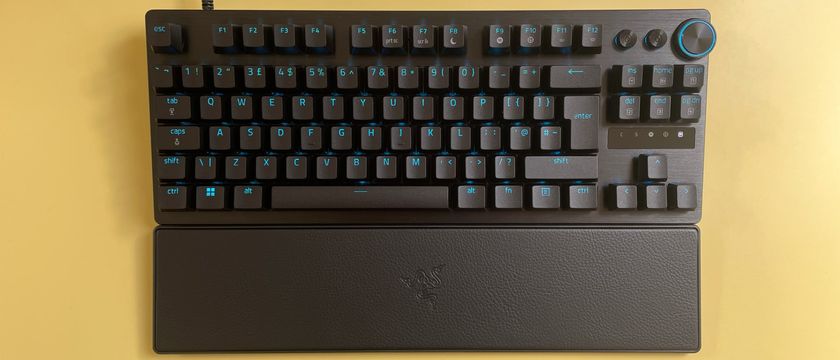The future of Thunderbolt is USB-C, and this is a good thing

Thunderbolt 3 arrives later this year once computer makers start shipping devices equipped with Intel's "Skylake" microprocessor. Skylake is the successor to Broadwell, the fifth-generation Intel Core processor that saw its debut on the Mac earlier this year. Thunderbolt 3 offers twice the bandwidth of Thunderbolt 2 — up to 40 gigabits per second, more than enough for a computer to drive an external 5K display, for example. Enough to transfer an HD movie from an external hard drive to your Mac in mere seconds.
Apple hasn't announced plans for Skylake yet, but Thunderbolt and Thunderbolt 2 have been important to Apple. Thunderbolt allows the Mac to work with external 4K displays, interface with fast RAID hard drive systems, provide an incredibly fast interface for storage area networks and more. There's no reason to think Apple won't adopt it when the time is right. So I consider Thunderbolt 3 on the Mac an inevitability.
USB-C and Thunderbolt 3 are not the same thing, of course.
USB-C and Thunderbolt 3 are not the same thing, of course. They simply use the same connector. USB-C is the connector; on the MacBook, it's connected to a USB 3.1 interface. So don't think your shiny new gold MacBook is going to work with Thunderbolt 3 devices. On the other hand, any USB-C devices or cables you buy for your new MacBook will work on future Macs equipped with Thunderbolt 3.
This isn't the first time this sort of interface switcheroo has happened, even within the Thunderbolt era. Before Thunderbolt appeared on the Mac, Apple incorporated Mini DisplayPort connectors on some models. Mini DisplayPort is a shrunken-down version of the DisplayPort interface and provides a way to connect external displays without using all the space required for a DVI or VGA port. Physically, Mini DisplayPort looks exactly the same as a Thunderbolt port. The only obvious difference is the logo that appears next to it on the Mac.

Thunderbolt is downwardly compatible with Mini DisplayPort, so if you buy an MDP dongle to attach a monitor or projector, it'll work even on a Mac with a Thunderbolt 2 interface. But if you hook up a Thunderbolt device like a hard drive or a Gigabit Ethernet network interface to a Mini DisplayPort, nothing happens. In the same way, if you hook up a USB-C device or interface adapter to a Thunderbolt 3 port, it'll work. But connecting a Thunderbolt 3 device to a USB-C port that's USB 3.1 won't do anything.
I'm thrilled with this development because as I've written before, I've been plagued by finicky Thunderbolt connections on my Macs. I know many others have as well. The Thunderbolt interface is an imperfect technology, at best. By contrast, my experience with the MacBook's USB-C connector is that it's a solid plug that doesn't easily unseat or jiggle loose.
There's just something about the Thunderbolt cable connection that can create problems, so I'm not disappointed to see the connector itself go away on future Mac designs.
Master your iPhone in minutes
iMore offers spot-on advice and guidance from our team of experts, with decades of Apple device experience to lean on. Learn more with iMore!
I wouldn't be surprised to see USB disappear from future Mac designs altogether.
USB-C is also a lot smaller than Thunderbolt connectors are, so Apple can make thinner laptop designs even on their pro systems. The lighter, the better, as far as I'm concerned, especially when you're carrying a 15-inch Retina MacBook Pro, as I do. Even though the 15-inch rMBP is loads better than the gargantuan 17-inch MacBook Pro I used to carry, I still feel it on my shoulder when I'm carrying it in a backpack all day. Shaving any weight at all is a good thing.
So far, we've only seen USB-C on one computer — the new MacBook, which made its debut this past March. Apple has updated other Macs since then, including both Retina MacBook Pros, the MacBook Air, and the 5K iMac. But USB-C stands alone on the MacBook.

Apple still produces new Macs with fourth-generation Core (Haswell) chips, because Intel's Broadwell rollout was much slower than expected. Intel says the Skylake rollout won't have the same problems.
As it stands now, the first crop of Skylake chips won't show up until later this year. I expect it'll be a while before Apple completes the Macintosh's Skylake transition. I don't think it'll happen before the end of 2015. But we'll see what comes down the road.
Because USB-C is used for both USB 3.1 and Thunderbolt 3, I wouldn't be surprised to see USB disappear from future Mac designs altogether. Apple could instead just make Thunderbolt 3 the single external wired peripheral interface standard for the Mac going forward.
Fewer ports mean less complexity, less power usage, and less user confusion. Thunderbolt 3's compatibility with USB 3.1 means that customers who buy a Thunderbolt 3-equipped computer don't have to buy more expensive, higher performance devices. They'll be able to buy the inevitable flood of mass-market USB 3.1 products that are coming down the pike. And choice is a good thing for everyone.











